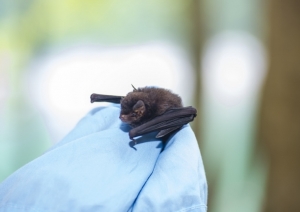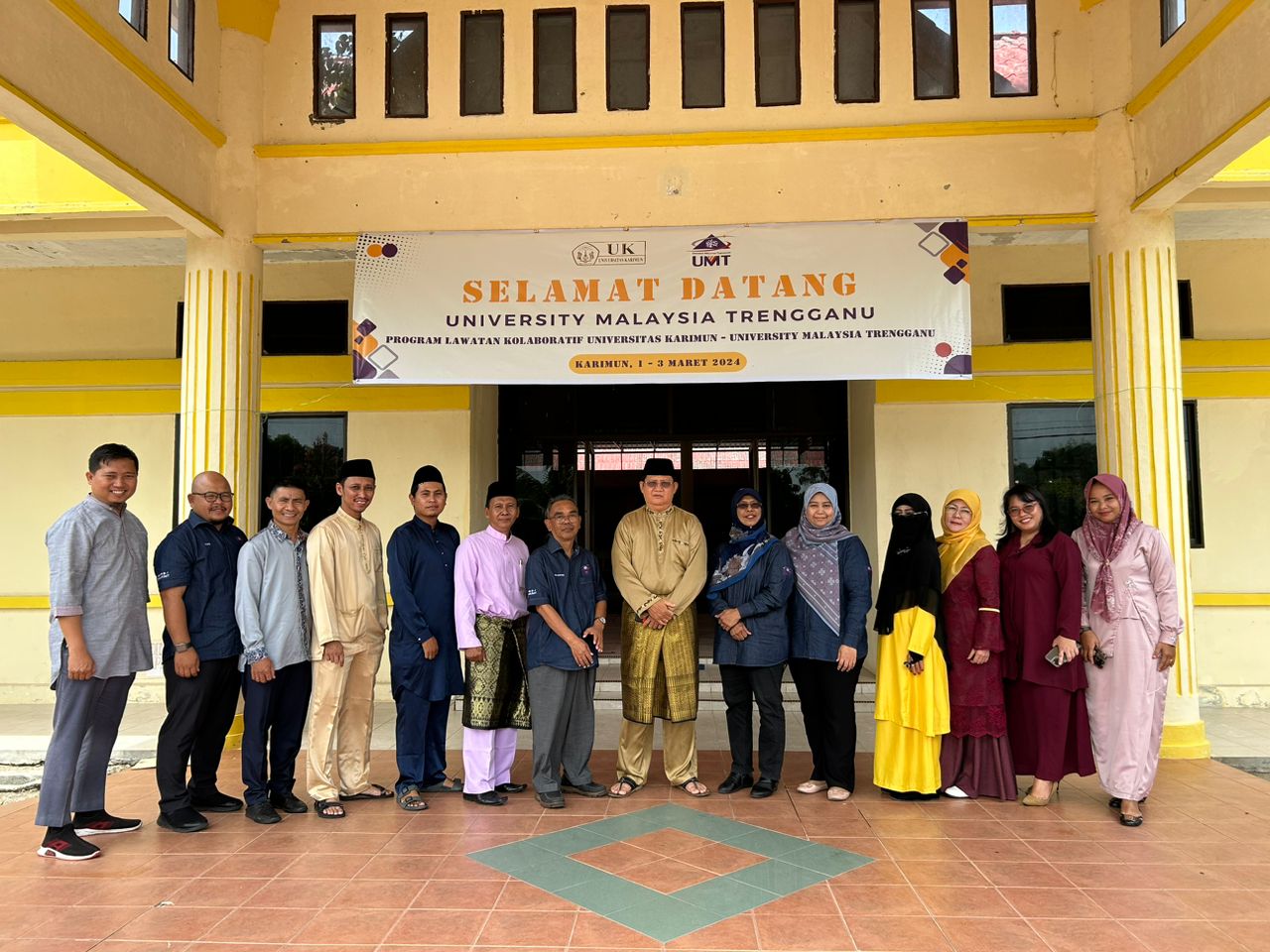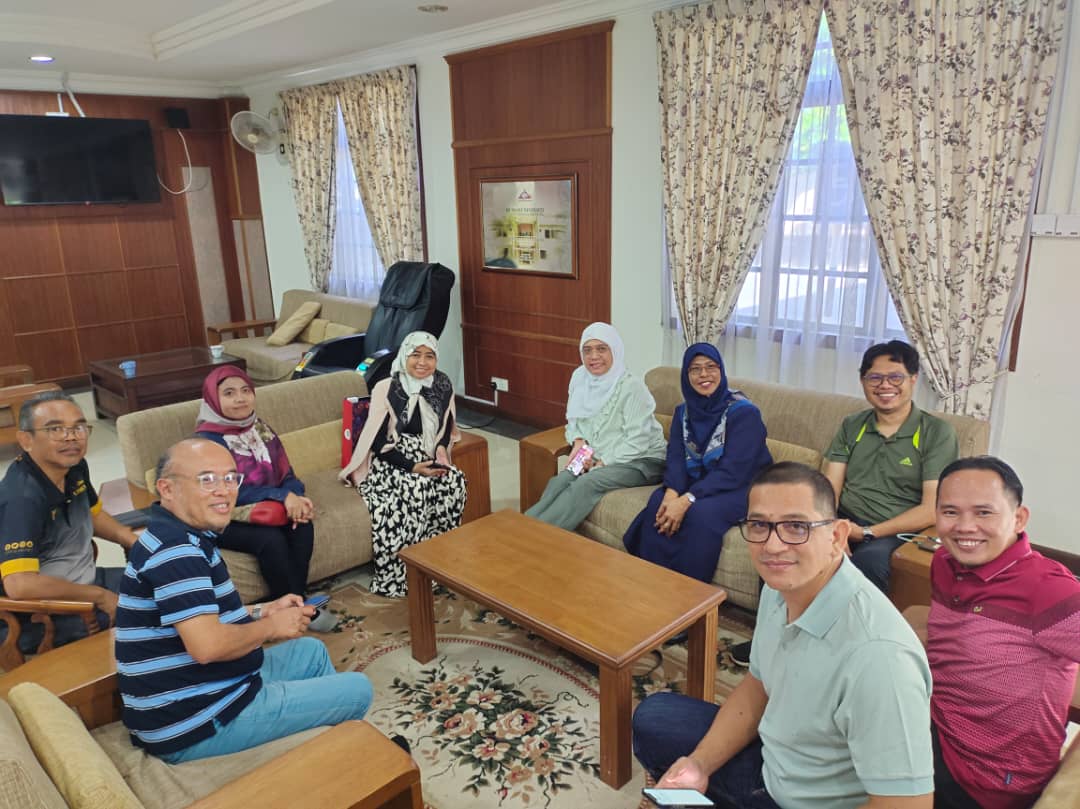A field study of small mammals was held on 9th to 13rd February 2015 at the Sungai Deka Elephant Conservation Centre, Hulu Terengganu, Terengganu. These field studies were conducted by three men and two women from Universiti Malaysia Terengganu (UMT), and aimed to collect data on small mammals in the vicinity of this conservation centre. This study also aimed to sample data on small mammals in the canopy. Many previous studies have been conducted on the forest floor due to easy installation of various traps but canopy habitat may have been neglected. Therefore, this study aims to identify the species of small mammals which can be found at the tops of trees, in addition to the forest floor.
Small mammals are small-sized species of mammals (warm blooded) with a weight that less than 1 kg. Bats are an example of small mammals and has the advantage of flying. Unlike the flying squirrel, squirrel species do not fly, but glide from one of tree top height to another tree. Bats comprise to two types which are fruit bats and insectivorous bats. The difference between these two types of bats are, fruit bats have long mouth and face shape that resembles a face like a dog. While insectivorous bats have a flattened shape of the mouth and short.
Generally, eight mist nets and four harp trap were used during the field study that was conducted. Installation of nets and traps were made on each side of the canopy by height arranged by Abdullah and Hall (1997). All traps were installed with the help of an iron scaffolding and fire escape ladder.
21 bats were caught, which consists of 4 species of 4 types of families. Myotis ridleyi were most abundant with a total of 15 individuals (71.43%), followed by Cynopterus brachyotis (3 individuals, 14.29%), Hipposideros diadema (2 individuals, 9.52%) and Megaderma spasma (1 individual, 4.76%).
M. ridleyi was most widely recorded in the conservation centre on a daily basis in sewage water. From our view, the sewage water is a great way to hunt these species flying insects. In this area too, we recorded two C. brachyotis individuals caught in mist nets. Two H. diadema were recorded in forest hill near the construction site of the new building. A total of one individual of M. spasma and C. brachyotis had been recorded in the viaduct II. M. spasm is a rare species in Peninsular Malaysia, while the species C. brachyotis is frequently recorded species and can be found throughout the peninsular.
During the field study that was conducted, we have seen several species of squirrels and birds found in this conservation area. Among them are flying squirrels, ground squirrels, swifts and Hook-billed Butbul.
As a conclusion, species diversity of bats at the conservation centre is very low from our view. This is because, the area at the conservation centre is disturbed by the rapidity of development and construction of office buildings, residence and the new elephant enclosure. In addition, secondary forests dominate the region origin area and shortage of fruit. Thus, a neat design plan is very important in order to maintain forest ecosystems from being cut down with no limit.
Recognition: We would like to give a thousand thanks to UMT because give us permission and ease of transport for field study of bats in Sg Deka Elephant Conservation Centre, Hulu Terengganu, Terengganu. Thanks also to management of Department of Wildlife and National Parks (DWNP) State of Terengganu because give the permission to get in and make a field study in Sg Deka. Not to forget also, a appreciation and gratitude to employees and staffs in Unit of Sg. Deka Elephant Conservation Centre , Hulu Terengganu; En. Kamsul Alias Ahmad, En. Roziki Abd. Latif, En. Sairi and En Mohd. Adnan Radzi who provides us an accommodation, field work and excellent service during our work on this field. This field study is under provisions UMT Research Incentive Grant (GGP UMT: 68007/2014/127) given to Professor Dato’ Dr. Mohd Tajuddin Abdullah.
Reference:
Abdullah, M.T. dan Hall, (1997). Abundance and distribution of fruit bats and other mammals in the tropical forest canopy in Borneo. Sarawak Museum Journal, 72:63-74.
Prepared by: Muhamad Aidil Zahidin





